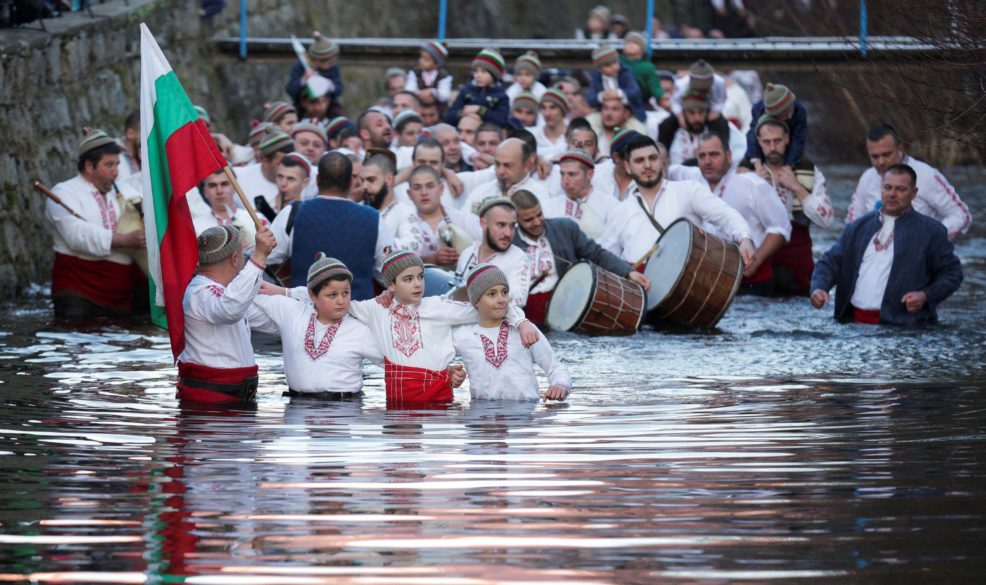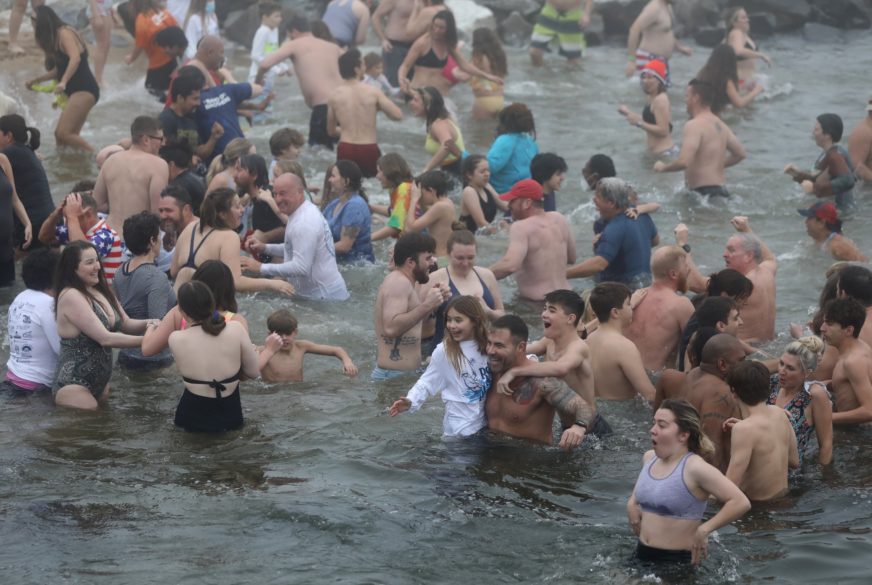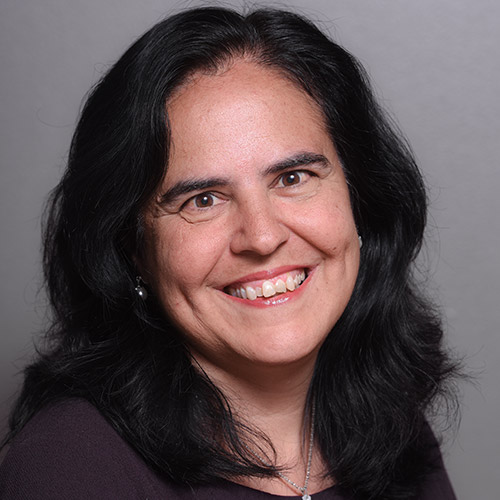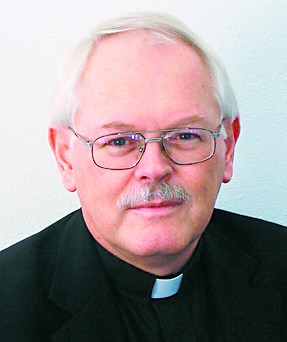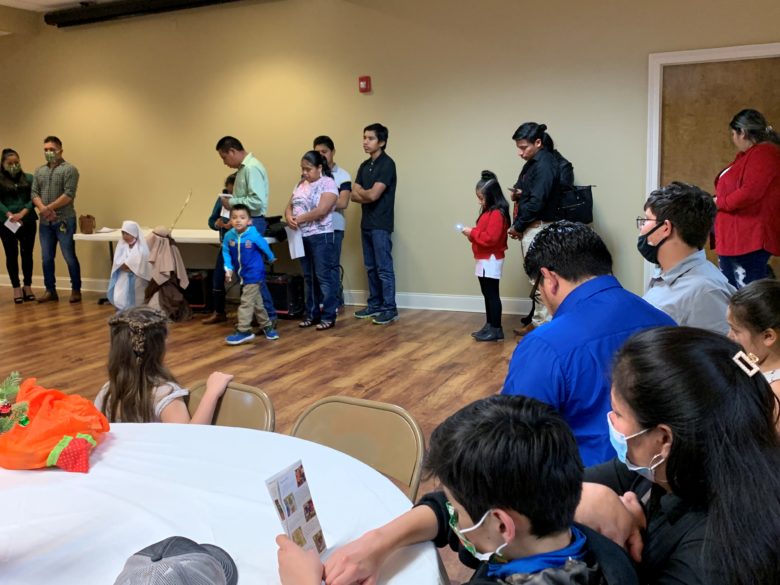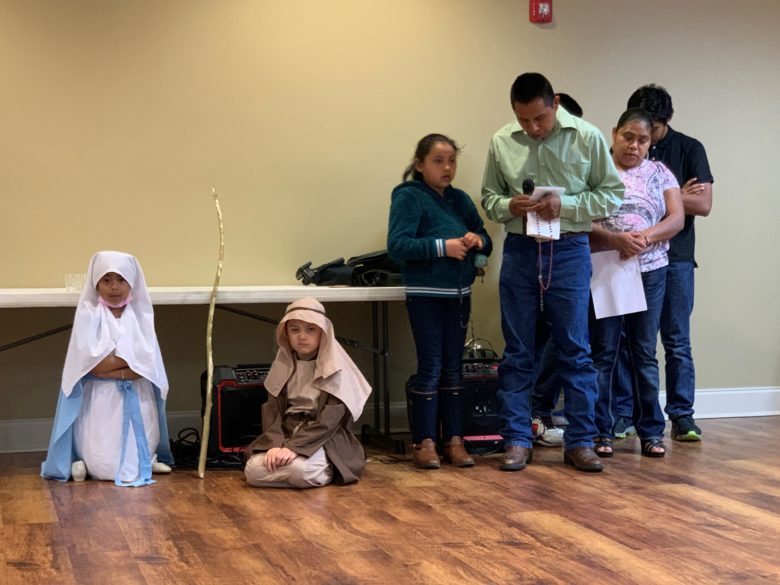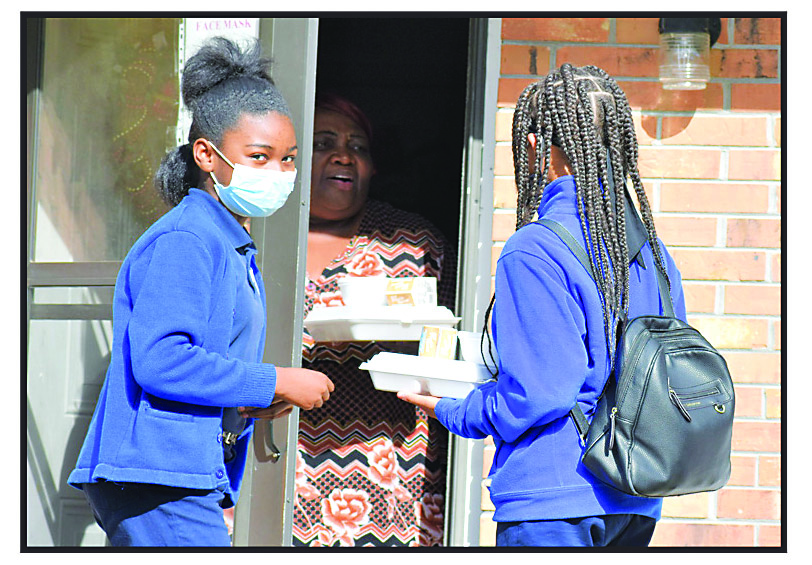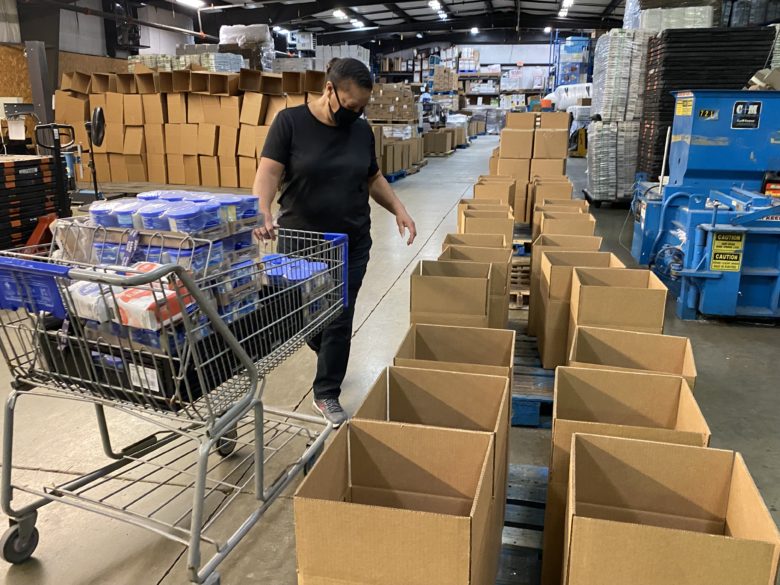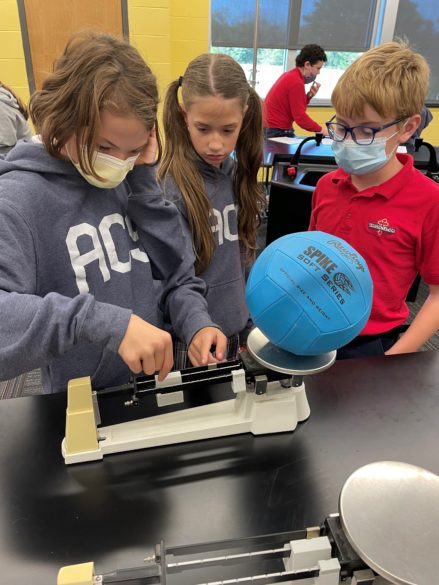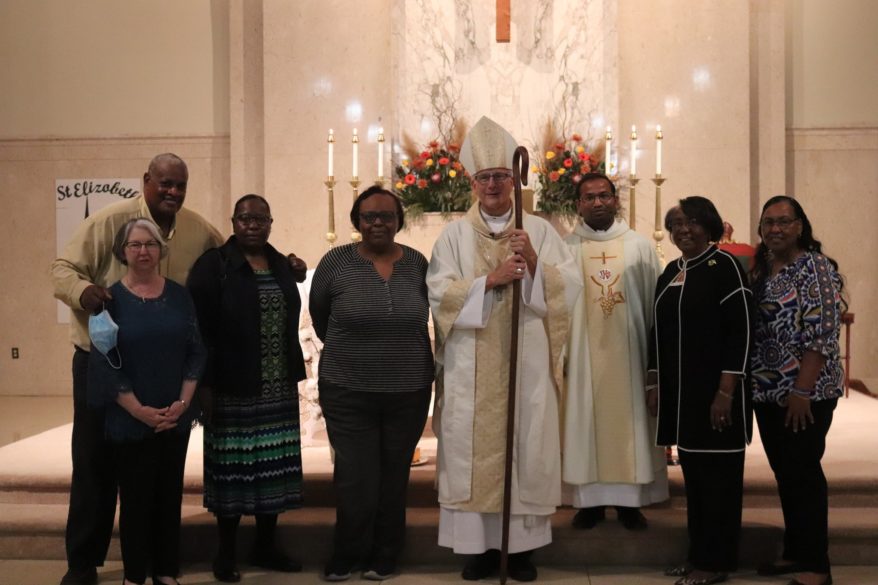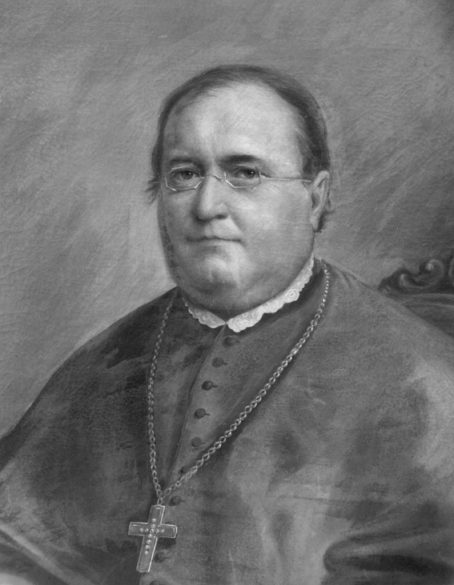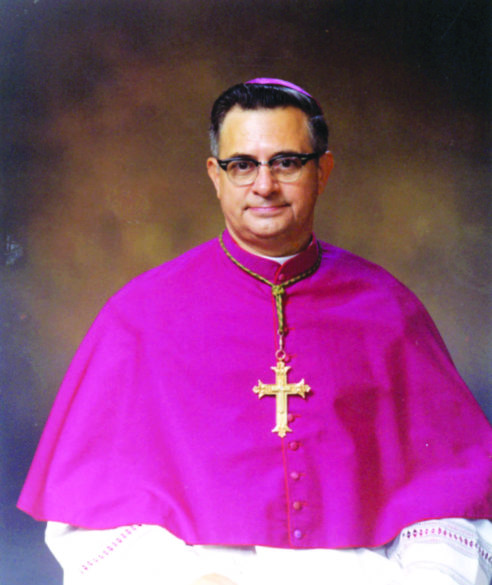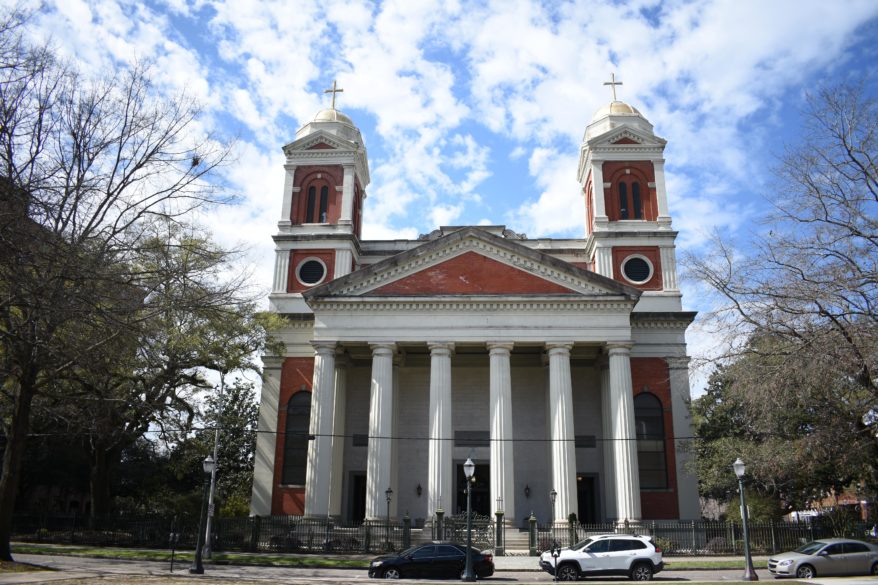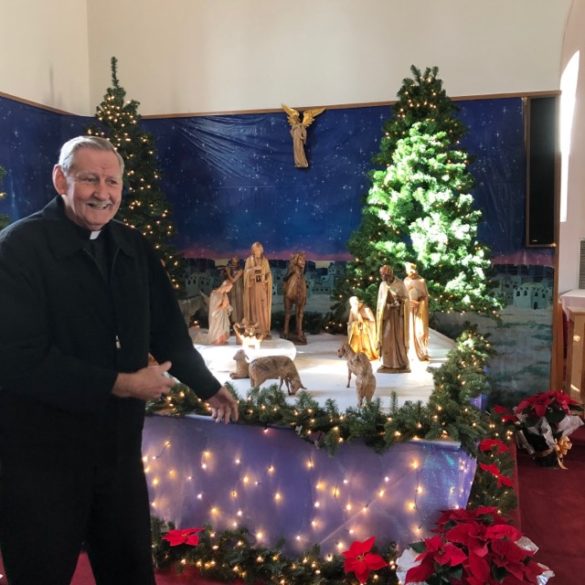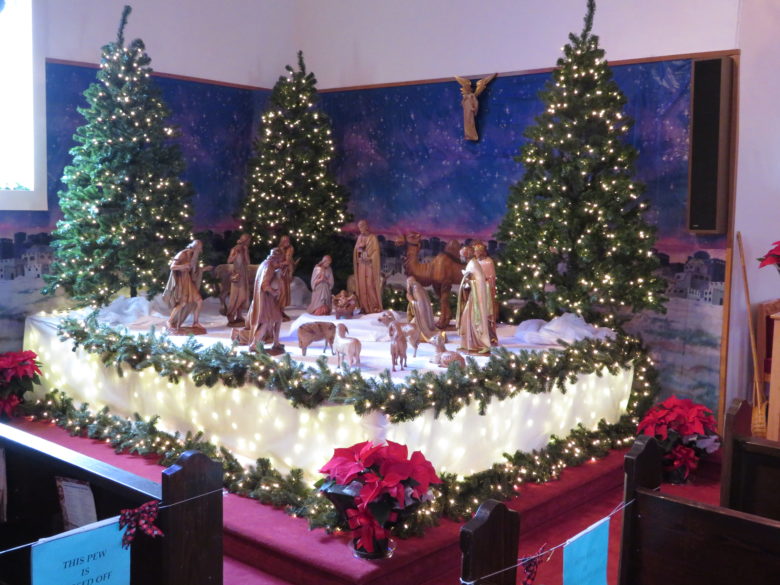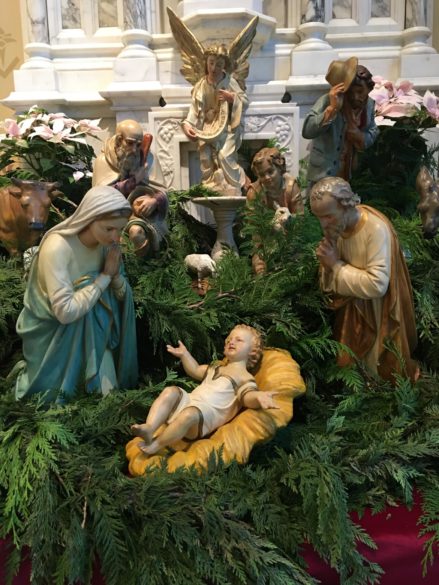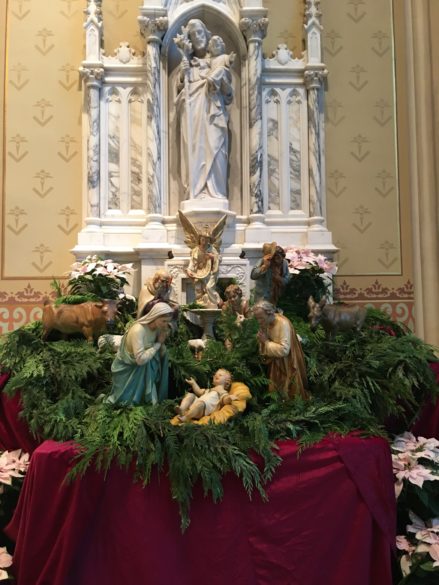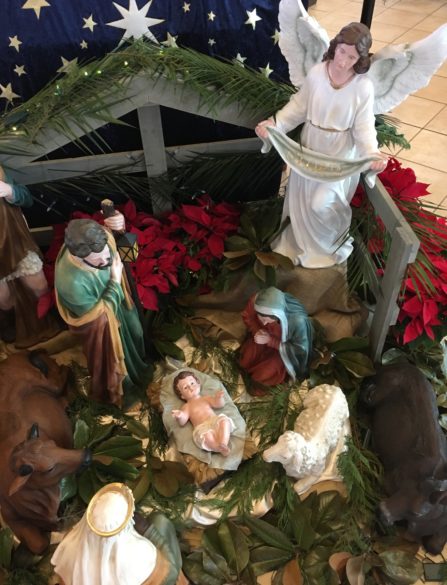Por Richard Meek, “El comentarista Católico”
Ubicado en un rincón increíblemente hermoso del suroeste de Mississippi, el centro de retiro Our Lady of Hope (Nuestra Señora de la Esperanza) cuenta con 400 acres de las mejores obras de la Madre Naturaleza.
Lejos de la carretera principal, o incluso de un pequeño pueblo, la propiedad ondulada ofrece una tranquila bienvenida a un lugar con un pintoresco lago con mirador y una canoa donde los ciervos deambulan libremente, los bosques nativos albergan especies de todo tipo.

Para el padre Mark Beard es una respuesta de 400 acres a una oración. Un centro de retiro católico que sirve a la Diócesis de Baton Rouge ha sido un sueño suyo durante varios años, pero como dijo, “no pensé que nunca se haría realidad.”
Él y el empresario de Ponchatoula, Mike Fulmer, habían estado buscando comprar una propiedad adecuada para un centro de retiro. Más tarde, Fulmer se enteró de que St. Mary of the Pines en Chatawa, Mississippi, estaba en el mercado. Inaugurado originalmente por las Hermanas de la Escuela de Notre Dame en 1874 como un internado solo para niñas, la instalación, que se utilizó como centro de retiro en años posteriores, se había vuelto demasiado onerosa para que las hermanas continuaran manejándola. Pero tuvo una sorpresa más cuando, a principios de este año, la propiedad se vendió a un individuo que luego la donó a Chatawa Retreat Center, una empresa sin fines de lucro que administra las instalaciones. “Eso fue maná del cielo,” dijo el padre Beard.
Las Hermanas de la Escuela de Notre Dame habían incluido la propiedad durante casi tres años y habían recibido ofertas, pero no se vendió. El padre Beard dijo que las hermanas acordaron un precio más bajo que era asequible para Nuestra Señora de la Esperanza porque querían que la misión continuara.
“Saben que eso es importante para nosotros”, dijo el padre Beard. “Realmente funcionó para los dos.” Afortunadamente, los edificios necesitaban poco trabajo, un homenaje a las hermanas que el padre Beard dijo: “operaban con muy poco dinero.” “Dad a las hermanas lo que les corresponde; hicieron un trabajo extraordinario casi sin dinero,” agregó.
La extensa propiedad cuenta con 100,000 pies cuadrados combinados de áreas habitables, mientras que Rosaryville tenía 10,000 pies cuadrados. Además, Nuestra Señora de la Esperanza tiene dos dormitorios que pueden acomodar a más de 100 participantes combinados, el comedor principal junto con comedores más pequeños, una capilla que alguna vez sirvió como iglesia parroquial, un Vía Crucis al aire libre, una hoguera, cafeterías y hermosas vistas en todas partes.
Una tienda de regalos bien surtida incluye pinturas y copias digitales de pinturas de Drazen Vucina, un artista de Medjugorje, donde el padre Beard encontró su vocación de ser sacerdote. Our Lady of Hope presenta más de 50 obras originales de Drazen.
Las mejoras incluyen convertir el edificio más antiguo de la propiedad, un área de almacenamiento construido en 1875, en una capilla de adoración eucarística. Junto con el cierre de Rosaryville, el centro Bishop Tracy ubicado en el campus del Catholic Life Center, en Baton Rouge, también está cerrado, lo que el padre Beard dijo: “ha ayudado.” La Casa de Retiros en Convento de Manresa es el único centro de retiro de servicio completo en la diócesis.
El padre Beard dijo que todos los centros de retiro ofrecen las mismas comodidades, como buena comida y buenas camas, pero lo que finalmente separará a Nuestra Señora de la Esperanza son los planes para 13 jardines individuales que incluirán un jardín de María y un jardín de los apóstoles. El padre Beard dijo que los apóstoles incluirán estatuas de tamaño natural. Los jardines serán similares a los que ya ha establecido en Santa Elena. “St. Helena ha puesto la mesa para lo que esto puede convertirse,” dijo el padre Beard.
Admitió cierta inquietud por abrir el centro durante la pandemia de COVID-19, pensando “¿De verdad, Señor?” ¿Podríamos haber elegido un momento peor para empezar? “Afortunadamente no tenemos la deuda”. A pesar de esas preocupaciones, el éxito ha llegado temprano.
El centro ya ha acogido varios retiros, que van desde un día hasta una semana. Otros grupos, como ACTS, una compañía de producción y escuelas secundarias han utilizado la instalación. También se están discutiendo cuatro escuelas secundarias católicas que desean albergar un torneo de baloncesto de cuatro equipos con énfasis en el componente de retiro.
“Es un poco difícil venderlo hasta que uno viene a visitarlo,” reconoció el padre Beard. “A medida que la pandemia ha disminuido, están surgiendo más grupos. Mi desventaja es que tengo que hacer que pienses más allá de ‘tengo que conducir todo el camino’,” dijo el padre Beard. “Está a una hora y 15 minutos de Baton Rouge. Aquí es más corto que ir a Nueva Orleans y de una manera mucho más fácil.”
En los últimos meses el padre Beard ha visitado a los capellanes y ministros de jóvenes de las escuelas católicas de Nueva Orleans. Siguió con invitaciones personales y jornadas de puertas abiertas. El padre Beard también ha visitado escuelas en Mississippi y Alabama y una empresa de Lake Charles recientemente tomó fotografías con drones para el sitio web. “Gran parte (del marketing) es personal; tienes que conocer a la gente y decirle ‘necesito que vengas a visitarme’,” dijo.
Exudando un entusiasmo contagioso, el padre Beard habló sobre su visión para el futuro, que incluye el potencial de abrir una escuela primaria que podría ser más “escolar en casa” al principio. “Si se convirtiera en algo más grande, sería genial,” dijo.
Los planes también exigen la construcción de dos casitas escondidas en el bosque, lejos del centro, donde los miembros del clero puedan pasar una noche o dos para disfrutar de la soledad, orar y relajarse. El padre Beard citó los desafíos de ser un sacerdote diocesano y dijo que el 20% por ciento se gasta en el lado teológico de los problemas y el 80% restante en asuntos como el mantenimiento de las instalaciones del edificio, el mantenimiento y las reuniones. “No estás en el mundo de la teología y puedes verlo en los sacerdotes”, dijo. “Están agotados y él les dará la oportunidad de escapar y estar solos.”

El padre Beard también está entusiasmado con el padre Miles Walsh, actualmente pastor de la Iglesia del Sagrado Corazón de Jesús en Baton Rouge, que se unirá al centro en el verano. El padre Walsh vivirá en los terrenos y dará retiros y celebrará la misa. El padre Walsh “…es maravilloso, espero poder orar y predicar con él. Tiene un gran conocimiento teológico. Él generará mucha gente para venir y visitar,” dijo el padre Beard.
Por ahora, el padre Beard deambula por los terrenos con frecuencia, verificando el estado de los proyectos o, lo que es más importante, verificando su sueño. “Me encanta,” dijo. “Me encanta la tranquilidad. Solo me encanta tener que hablar de nuestra fe. Queremos pasar el catolicismo a tantas personas como podamos.”
(Para obtener información sobre Nuestra Señora de la Esperanza y cómo reservar un retiro, www.ourladyofhopems.com.)


